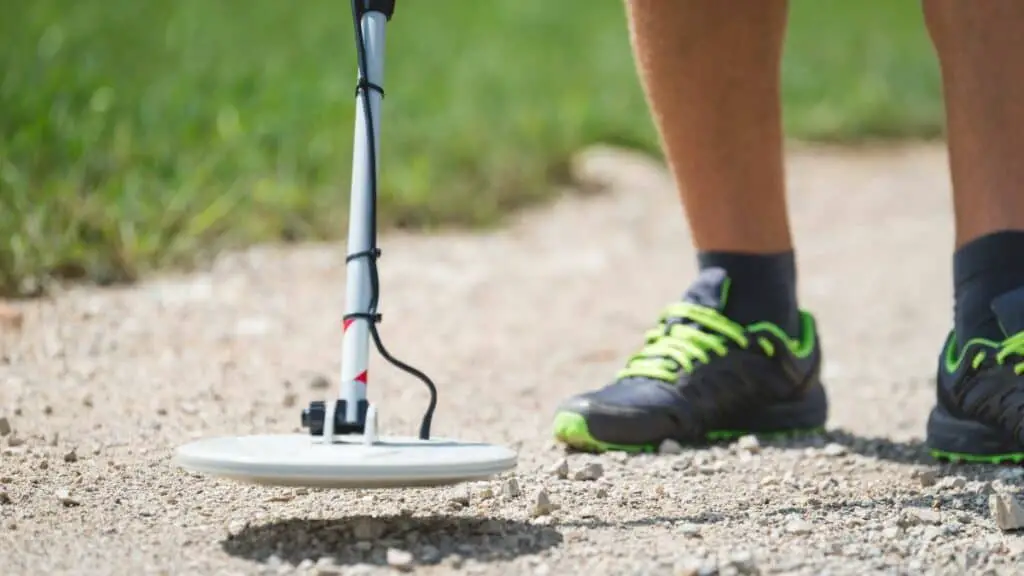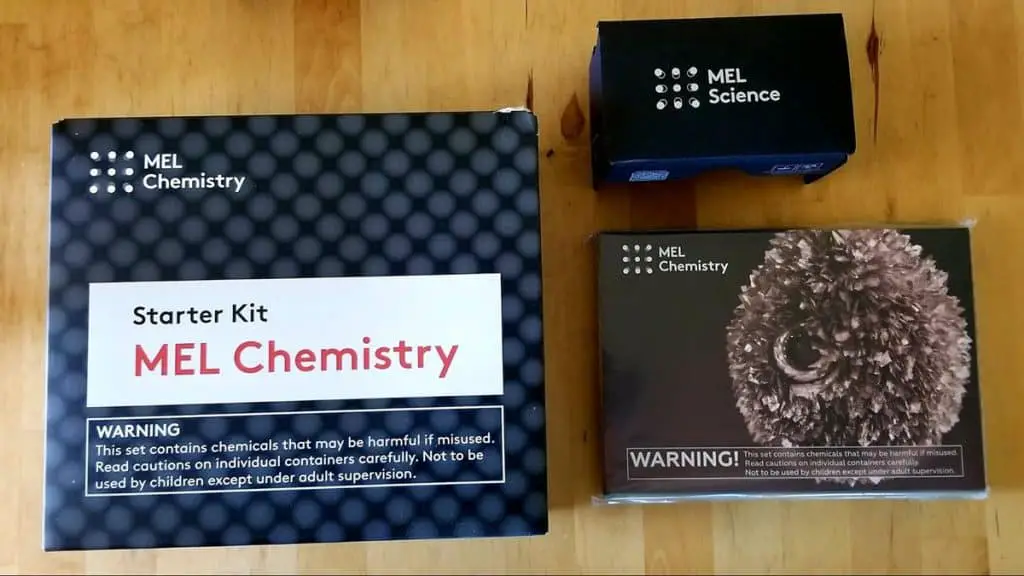Top 3 Essential Oil Science Fair Projects (Adjustable for Any Age!)
They can lull you into sleep. Improve your focus. Make a pain go away. Do away with the pollutants–in your bathroom and your mind. Or can they?
With all the controversies begging for scientific probe, essential oils qualify so well for your kid’s next science fair project!
These plant-based oils have chemical compounds that promise to boost our mental and physical well-being. Little wonder they are everywhere, from the perfume industry, aromatherapy and massage, to the beauty shelf in your bathroom.
That’s why today we’ll propose 3 science projects, one for each of the school ages. But the good thing is, they are easily adjustable for any age, and even adults will learn a lot from them!
Related Post: Top 9 Simple Summer Science Projects to Do With Your Kids [Fun and Easy!]
3 Science Fair Projects with Essential Oils
1. Does Rosemary Oil Promote Hair Growth?
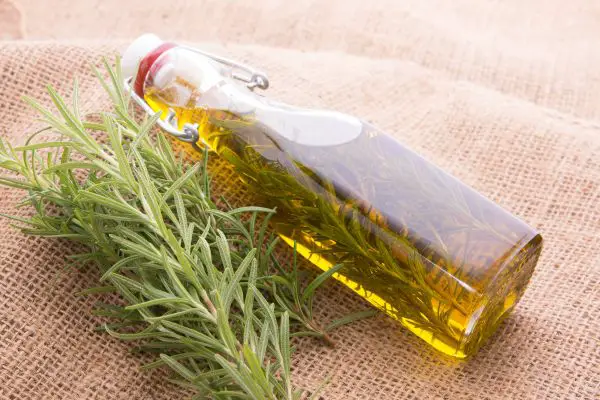
Age range: no specific age requirements
Understanding hair growth cycles can help you understand exactly how rosemary essential oil affects them.
The hair growth process can be divided into 4 phases – anagen, catagen, exogen, and telogen. During the different phases, the hair follicles produce new hair cells. Later on, the hair follicles tighten and promote faster hair growth. The hair rests, and it stops growing completely. E, eventually, the hair follicles shed the fully-grown hairs.
(In other words: all that grows must fall off, as Shakespeare would have said.)
All of the hair growth phases happen at the same time, but they affect different percentages of hair follicles. So, it’s important to nourish your hair with the required supplements needed for faster hair growth. One of the best essential oils, with such supplements, is rosemary oil.
Rosemary essential oil contains carnosic acid, rosmarinic acid, and many minerals that heal and improve the nerve tissue and hair follicles, naturally accelerate hair growth and improve circulation.
In this experiment, you will get to test the effects of rosemary oil, and maybe it will inspire you to use it on a regular daily basis.
Materials needed:
- 5 drops of rosemary essential oil;
- Teaspoon of coconut oil;
- Measuring tape.
The estimated time to do this experiment is 2 months.
Procedure:
First part:
- Create a timetable like the one below.
| Date: | Without using rosemary oil: | While using rosemary oil: |
| Beginning: | ||
| 2 weeks: | ||
| 4 weeks: |
- Measure your hair length before conducting this experiment, and write down the date and your hair length.
- After two weeks measure your hair and write the length again.
- After the fourth week of this experiment measure your hair.
Second part:
- Mix 5 drops of rosemary essential oil with a teaspoon of coconut oil.
- Apply the mixture directly to your scalp and massage it for a few minutes before going to bed. You can pick out two specific days when you will apply the mixture.
- After two weeks, measure your hair length and write it down.
- Apply the mixture precisely for one month.
- After the fourth week, measure your hair length and write it down.
- Compare the hair lengths from the specific dates and discuss the effect of rosemary oil.
Conclusion:
This experiment can be modified in many ways: you can change the rosemary oil with cedarwood essential oil (it stimulates the scalp, and strengthens hair cells). You can even mix multiple types of essential oils to achieve maximum hair growth, and you can change the carrier oil from coconut oil to jojoba or olive oil.
In conclusion, the results should be noticeably different. Scientists worldwide have conducted many other experiments to test the effects of rosemary oil on hair growth, and they have proven that rosemary oil affects hair growth rapidly.
The results can vary from person to person, but in the end, you will be able to measure and see the results with your own eyes, so go see yourself become a scientist and test it out whenever you can. We are rooting for you!
2. Can Essential Oils Act as Bug Repellents?
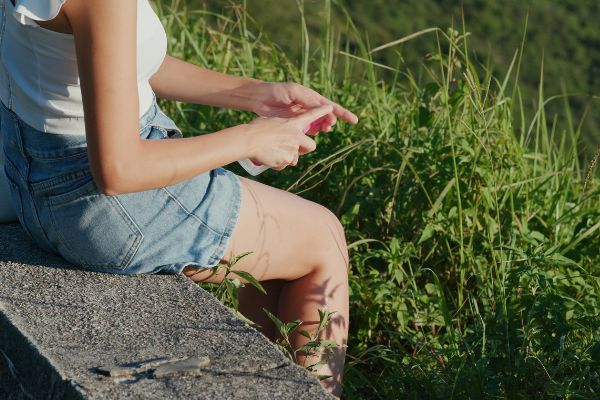
Age range: 13-18 | High School
Our natural body odor, body heat, movement, and the carbon dioxide we produce make us the perfect prey for multiple types of bugs.
Luckily, most essential oils have strong bug repellent properties that can help us get rid of bugs.
While essential oils can’t kill bugs, they act as highly effective bug repellents that come in many forms: sprays, sticks, powders, etc.
Insect repellents against, let’s say mosquitoes, flies, and ticks, work in such a way that it disrupts the insects’ senses of smell and taste. The chemical compounds of essential oils found in bug repellents can even disorient the bugs’ movement away from us.
In the following experiment, you will be able to test out the different strengths of multiple bug-repelling essential oils.
Materials needed:
- Peppermint essential oil;
- Basil essential oil;
- Tea tree essential oil;
- Lavender essential oil;
- Vanilla essential oil;
- Rose essential oil;
- 1 banana;
- 1 ½ oz 190 proof alcohol;
- 3 oz distilled water;
- 7 plastic plates;
- Paper and pen for writing the results.
Procedure:
- Divide the alcohol and water into 6 parts and pour them onto the 6 plastic plates. The ratio should be 1:2 alcohol to water. Later on, add 5 drops of a different essential oil to the mixtures, and label them so you can recognize them. You should be left with 6 plates with 6 different essential oils.
- Cut the banana into 7 pieces, and place them on the plastic plates with the mixtures. There should be one without any essential oils.
- Leave the plates outside on a sunny day for 12 hours.
- After 12 hours you can check the plates and count the estimated number of fruit flies on each plate. The number doesn’t have to be exact but it needs to be clear around how many fruit flies and other bugs gather around the pieces of banana.
- Compare the number of bugs on each plate. And discuss the effects of essential oils on fruit flies. Ask yourself which essential oils act as strong repellents and which essential oils attract bugs.
There are many essential oils considered natural bug repellents, but the best ones are peppermint oil, tea tree oil, basil oil, lemongrass oil, and citrus oils. You can switch most of the essential oils used in this experiment and see what works for you best.
Fruits and vegetables have a natural decaying process that attracts insects and they can appear in a short period of time. Apples, berries, bananas, peaches, oranges, and other mushy fruits have the fastest rotting rate and they attract bugs very quickly.
You can also try and change the fruits into vegetables and see how fast they rot and attract bugs. Or tweak the recipe and test out different oil types and combinations. My kid tried the one from the video below, and it worked.
To sum things up, essential oils are pretty fly for getting rid of insects!
3. Effect of Essential Oils on Eye Blink Rate
Age range: 10 - 13 years old | Middle School
Eyes can be windows to the soul–especially when you blink more frequently!
Most essential oils have calming effects. They can enhance your performance in stressful situations, and they improve your overall well-being.
Lavender, chamomile, sage, and many other essential oils are being used in aromatherapy for their calming effects.
The aromatherapeutic properties of essential oils can be experienced in many ways. They soothe sore muscles, slow down breathing and lower your blood pressure.
But one of the most interesting ways to notice their calming effects is through your blinking rate. It’s a bit unconventional, yet it’s still an accurate way to measure the effects of essential oils on your mood.
Let’s check it out!
Materials needed:
- Lavender essential oil;
- Essential oil diffuser;
- Stopwatch/ timer;
- A willing subject;
- Paper and pen for writing the results.
Procedure:
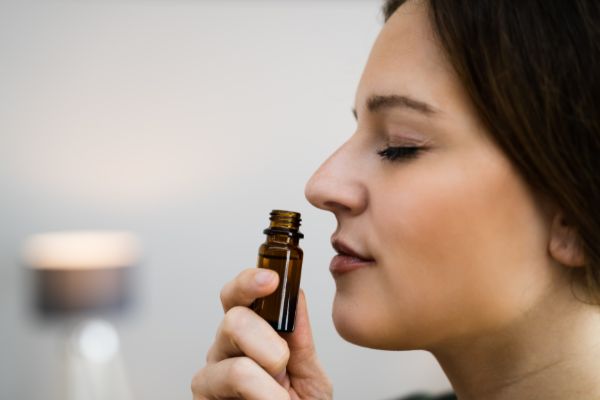
- Have your subject sit in a tranquil environment for 30 minutes (a silent room without any external disturbances).
- Prepare a 1-minute timer.
- Turn on the timer and count the number of times the subject blinks in that one minute. To make it more natural and distraction-free, you can even use your phone’s camera, point it at their face and leave the room. You can count the blinks later, even in slow motion if need be!
- Write down the number on a piece of paper and label it.
- Prepare a mixture of water and drops of lavender essential oil regarding the instructions on the diffuser.
- Turn on the oil diffuser for 30 minutes and just relax.
- After 30 minutes, prepare the stopwatch/timer for one minute and prepare to conduct the experiment one more time.
- Turn on the timer and count the number of times the subject blinks in that minute.
- Write down the number and label it correctly.
- Compare the two results and discuss the end results.
As you can see, it’s relatively simple to modify this experiment. Once again, you can change the lavender oil into another type of essential oil I mentioned above.
It goes without saying that essential oils have an almost instant calming property on us, and there are many ways to measure and assess their physiological effects.
Frequently Asked Questions
Are Essential Oils Safe for Children?
Essential oils are generally not safe for children, especially if they are little swallowers under 2!
Truth be told, most essential oils are safe to apply on their skin, but only if you properly dilute them to 1% and up to 5% with carrier oils like coconut oil or almond oil.
Bottom line? You should always check the safety guidelines of your chosen essential oil and consult your pediatrician before using essential oils on children.
It’s very important to keep essential oils out of reach of children, and not apply essential oils directly to your child’s face.
Which Essential Oils Do I Need to Dilute Before Using Them on My Kid’s Skin?
With kids, the answer is simple: all essential oils must be diluted before application.
The most dangerous essential oils for children’s use are Camphor, Clove, Lavender, Thyme, Birch, Fennel, Star Anise, Wintergreen, and Vitex. These are absolutely not safe for children under the age of 5.
Generally, essential oils like Oregano, Lemongrass, Cassia, Mountain Savory, Lemon Tea Tree, and Lemon Basil are dangerous for children under the age of 2.
It’s strongly recommended that you dilute your essential oils to 0.5% (one drop of essential oil to every four teaspoons of carrier oil) and above if your child is under the age of 5.
For older children, a 1% dilution (one drop of essential oil to every teaspoon of carrier oil) is fine.
What to Do if a Child Ingests Essential Oils?
If your child swallows a dose of essential oils, the first thing to do is wipe and rinse their mouths with a cloth. Then, immediately phone your local Poisons Information Center and consult them until it’s safe to give them water for rinsing.
For eye exposures, rinse their eyes under running water for 15 minutes or more and call a doctor or your local poison center immediately.




